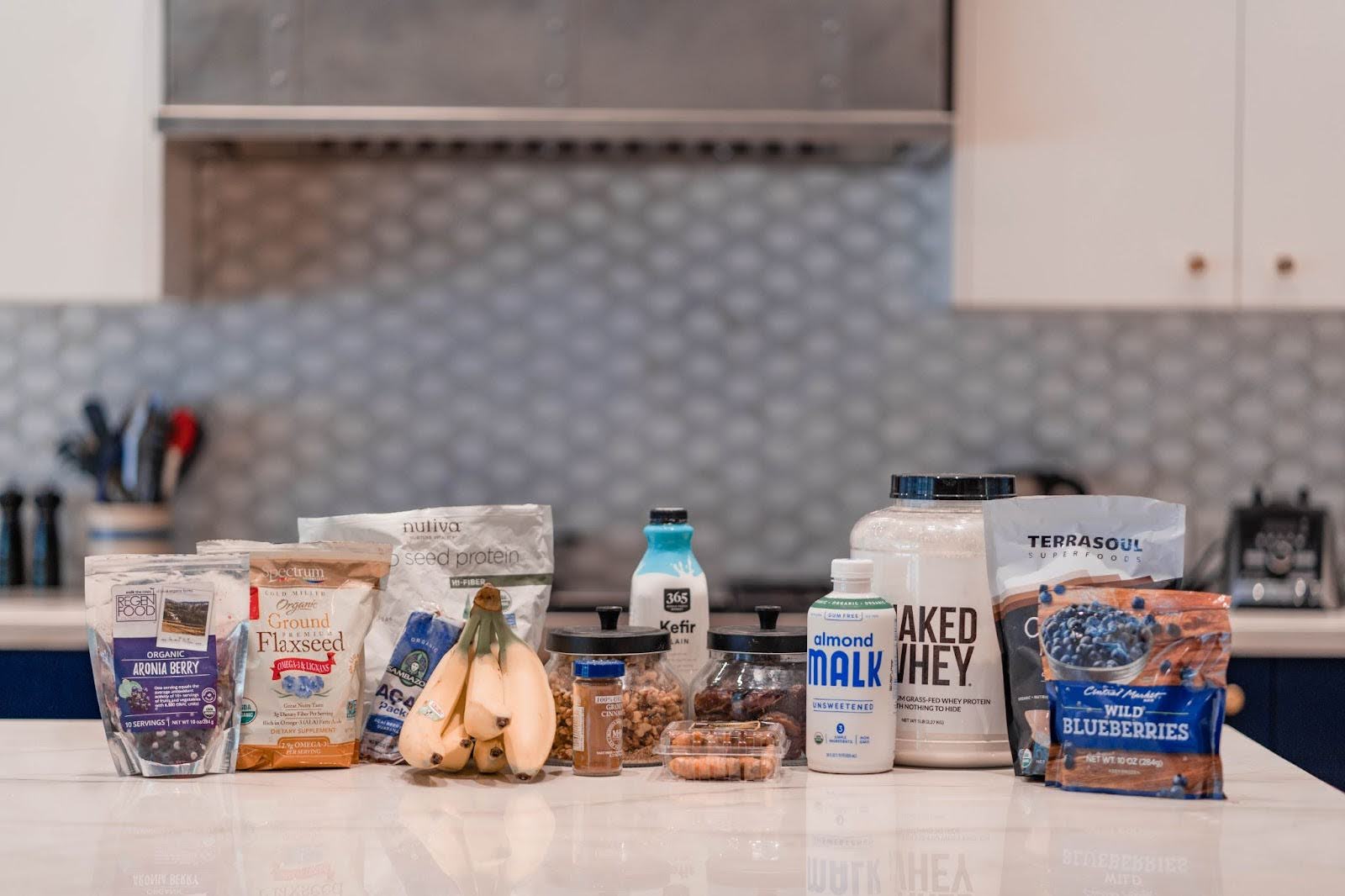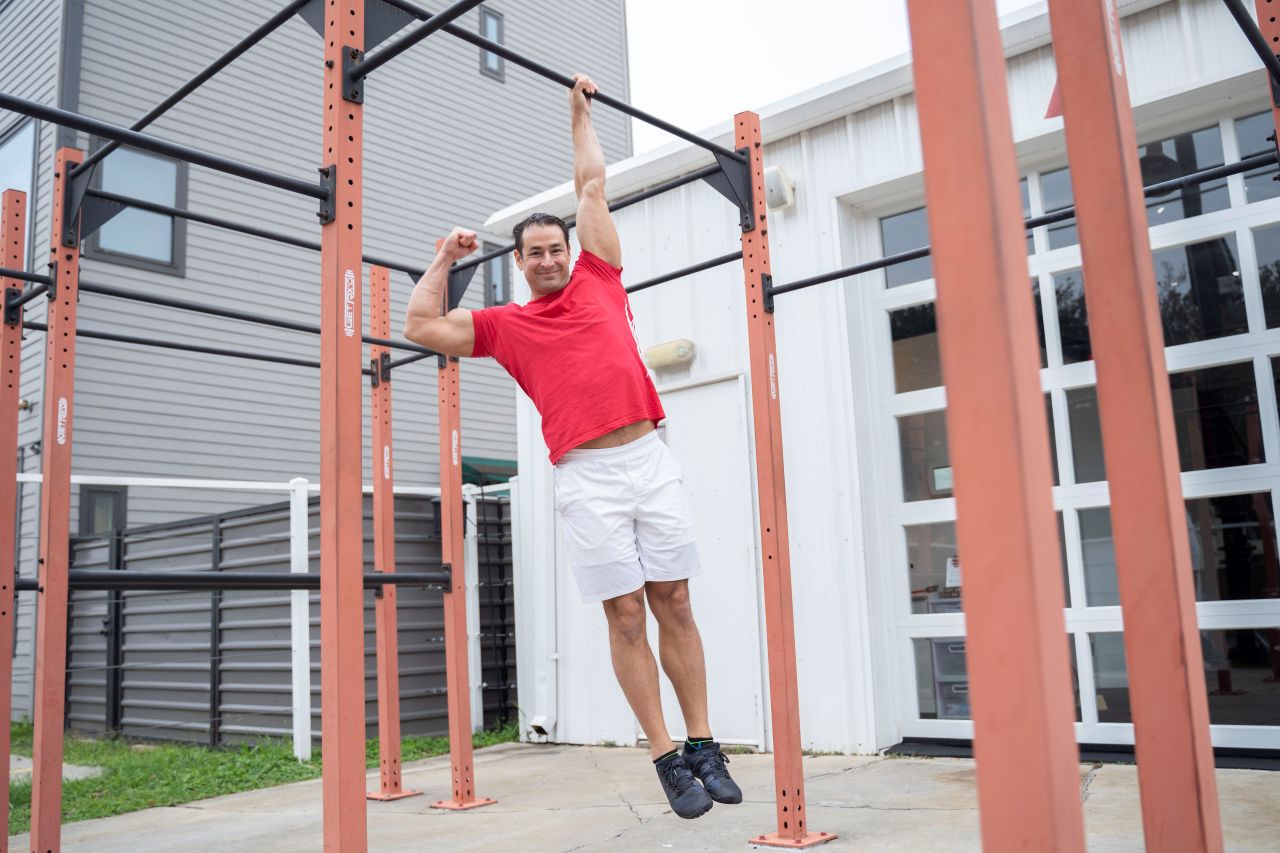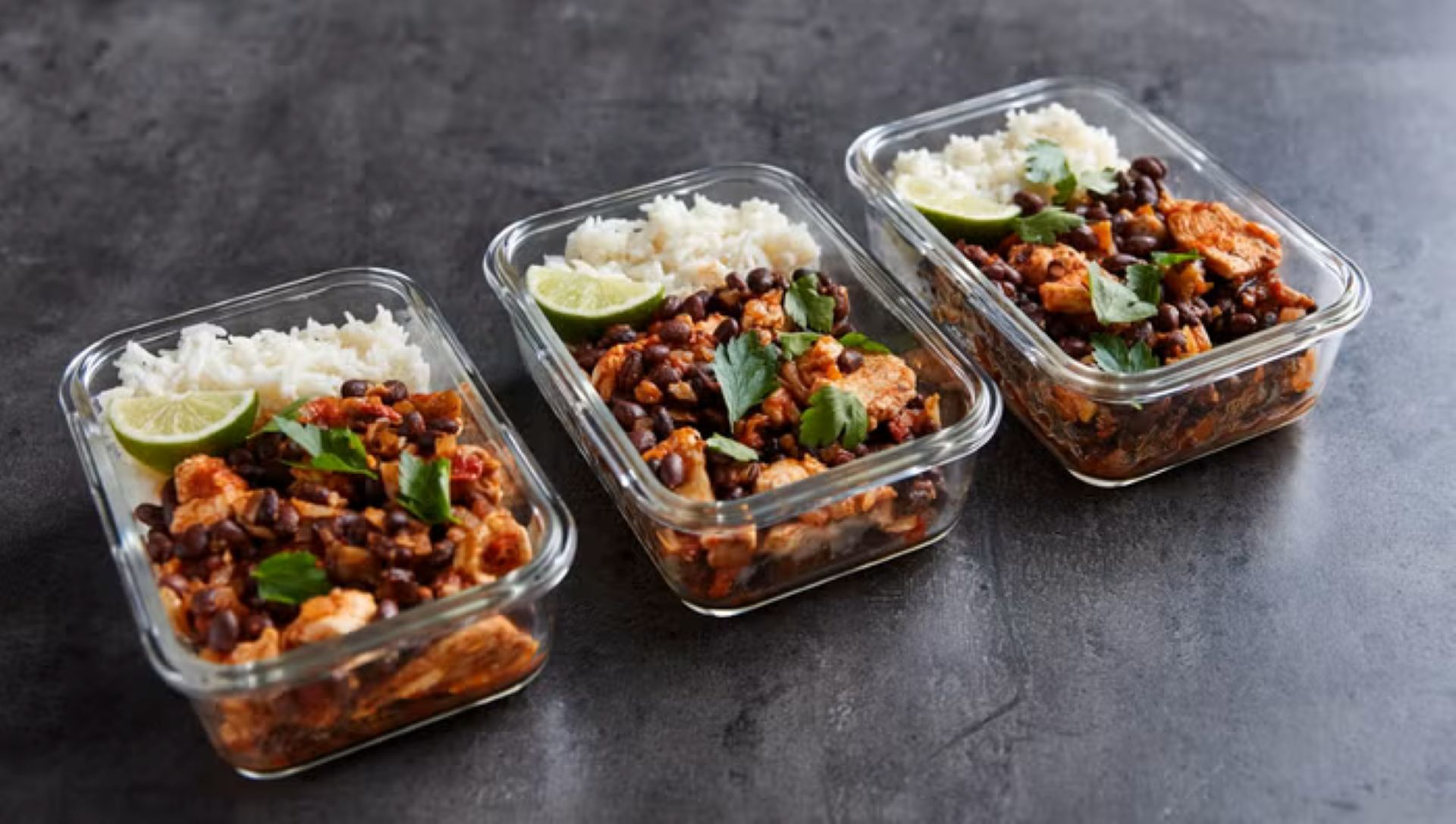How to Improve Yourself: Track These 10 Habits for Faster Growth
One of the most powerful ways I’ve found to accelerate personal growth is by tracking key daily and weekly habits. If you’re setting big goals for yourself (and I hope you are), It’s not always easy to see progress along the way. Measuring your actions Helps keep you connected with the process, holds yourself accountable along the way, and also allows a coach or friends to hold you accountable too..
Once you know what goal you are working towards, the important step is to figure out the metrics to track. The trick is to work with someone who’s already achieved the results you’re after or who understands your goal well enough to guide you in picking the right habits to track. Those habits should do two things:
- Directly move you closer to your goal.
- Fit your lifestyle so you can stick with them.
It’s a simple concept. In today’s article, I want to share how you can take this basic concept and apply it to a specific goal. In this article, I’m going to focus on a set of habits that have worked well for me when coaching others to lose weight, build strength, and improve overall health. I’ll share a simple, practical habit tracking system and walk you through 10 habits that can help you dramatically improve your health, fitness, and overall well-being. While my examples focus on health and body composition, the same approach can be applied to any personal development goal.
Need powerful goal ideas to accelerate your growth? Check out my list of 10 essential personal development goals here.
Table of Contents

Why Tracking Your Habits Works
Tracking creates awareness. You can’t improve what you don’t measure, and seeing your progress — or lack of it — in black and white keeps you accountable. The act of tracking also builds momentum because every check mark feels like a win.
How to Track Your Habits
You can use apps, wearables like Fitbit or Apple Watch, or advanced tracking platforms. But my personal favorite? A simple spreadsheet or printed checklist.
Why?
- It’s visual and tangible.
- It doesn’t require learning a new app.
- It’s satisfying to mark things off.
I use Google Sheets to track my habits daily and weekly. It’s simple, free, and effective. You can access it from your computer or your phone and easily make updates there too.
Curious about the morning smoothie that fuels my healthy habits? Read my article on why I drink this every single day.

10 Habits to Track for Faster Growth
1. Healthy Meals
Track how many meals each week meet your definition of “healthy.” For me, it’s three solid meals a day with balanced nutrition. I aim for six healthy days a week.
2. Limiting Alcohol
Track how many days you go without alcohol. I aim for at least five alcohol-free days per week. This directly improves sleep, energy, and recovery. In addition to alcohol-free days, track your total weekly drink count. This keeps you from overindulging even on your “social” days.
3. Control Snacking
A great meal plan can be sabotaged by poor snacking habits. Track days where you avoid unhealthy snacks.

4. Strength Training Weekly
Strength training is critical for losing weight and keeping weight off. That’s because muscle is a metabolism booster (Not to mention it has a bunch of other benefits too.) A great minimum target for strength training is twice a week. In a perfect world, you’d shoot for three to four quality strength training sessions every week.
Struggling to make strength training consistent after 40? Check out my guide to building a sustainable fitness system that works.

5. Other Workouts
Strength training is just part of the equation, so getting in other kinds of workouts is beneficial too. I generally shoot for five total workouts a week. If I’m strength training two to three times a week, that means I’m getting other kinds of workouts in two to three times a week as well. Track whether you moved your body intentionally each day — yoga, cycling, swimming, or even active play.
6. Walking Every Day
Regardless of what kind of workout you do, walking is a magic habit for losing weight. Plus, it’s a great way for you to relax your mind and enjoy the outdoors. Walk as long as you can every day. I find 20 minutes is a great baseline that’s realistic to fit in no matter what I have going on. Even a short walk boosts mood, energy, and calorie burn.

7. Daily Mobility Work
I find the ability to be non-negotiable every day, especially after the age of 35. Our body starts to get tight from repetitive movements, sitting at desks, using computers, hunching over phones, and so on. Daily mobility helps counteract all of those things as well as make the body healthy for the long haul. Stretching, foam rolling, or mobility drills help prevent injury and improve recovery. Track it daily.
8. Daily Tracking Itself
Yes — track your tracking! A day you log your habits is a win, even if you missed a goal. Awareness is the first step.
9. Meal Prep Sessions
Planning your meals and preparing your meals on a regular basis helps you eat healthy. If your budget allows, you can achieve this goal by hiring a chef or meal prep service to cook for you. Otherwise, meal prepping once or twice a week is a great way to keep yourself on track. Plan for 1–2 dedicated meal prep days per week. This keeps healthy eating on autopilot.

10. Progress Photos
Taking photos of yourself weekly to track progress is controversial among some people, but to me it’s a non-negotiable. It’s very hard to see incremental progress towards a big goal since you’re looking at yourself every single day. Pictures help you compare and see how far you’ve come. I also love having them to see progress over multiple years or compare where I used to be. Take photos periodically (weekly or monthly). You’ll notice changes you can’t see day-to-day.
Applying This System Beyond Fitness
The example above provides a system you can steal/borrow if your goal is losing weight, or getting stronger. But the same method of creating a series of habits and tracking them regularly applies to many other things, including:
- Learning a new skill
- Improving relationships
- Growing your career
- Building a business
The key is to pick habits that matter, track them consistently, and review your progress regularly.
If you’d like a copy of my personal tracking spreadsheet, fill out the form below and I’ll send it to you.
Ready to take your tracking to the next level? Get my goal tracking tips and all my helpful guides here.

